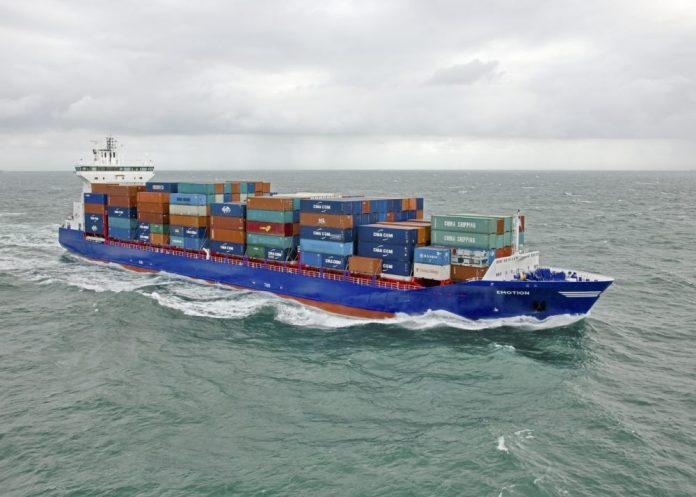Demand for feeders is rising mainly as a consequence of the Red Sea crisis which has had a knock-on effect on demolition, but ultimately the ageing feeder and regional fleet will need replacing.
Following the Houthi Movement’s attacks on commercial shipping at the Bab al-Mandeb strait major liner operators have diverted their services around the African Cape, but this means ships no longer transit the Mediterranean, requiring cargo to be feedered to southern European destinations.
That has seen the likes of CMA CGM, Hapag-Lloyd and Maersk Line take on short to medium-term charters of vessels up to panamax size.
This new demand has seen demolition predictions fall as owners seek to supply carriers with the necessary tonnage, but that has meant, “A slow down in demolition levels,” according to Jonathan Roach, a researcher at London shipbroker Braemar.
“The same number of ships being broken now as were demolished last year the same age, at an average of 28-years-old, and an average size of 1,700 TEUs,” said Roach, who added Braemar had expected a higher rate of demolition, and therefore, the broker’s projections for net fleet growth would need to increase.
More concerning is the average age of the feeder fleet, of up to panamax size, around 5,000 TEUs, is rising, “some 30% of the fleet up to panamax size is aged 20 years or over, that will increase to 40% by 2027,” said Roach, flagging an “emerging ageing problem”.
Ordering of smaller tonnage has largely stalled which, said Roach, is one reason why feeders are becoming larger, but they have essentially reached a peak with the increasing size of feeders taking up precious quay space and crane availability.
However, Roach also points out the increasing importance of regional tonnage, with the intra-Asia trades effectively one of the largest markets in the world, and a growing intra-European market.
To meet growth in these trades carriers will need to order vessels now to meet demand in 2027.
Lead times for deliveries for smaller ships are generally less than for larger vessels, with the year of build (YOB) generally shorter than the year of order (YOO) periods. YOB for vessels of up to 5,099 TEUs is 25.3 months, whereas the term for delivery from the date of order, the YOO, is 30.2 months.
The long-term average for all sizes is more than 32 months, but with yards in China, Korea and Japan operating at close to capacity deliveries are now out in 2028.
“With new environmental regulations now coming into force, including CII [Carbon Intensity Indicator] and the EU Emissions Trading Systems, many of the currently available vessels will no longer be cost effective to operate,” said Roach.
He went on to say that traditional panamaxes do not make ideal for feeders, there will therefore need to be some strategic investment in “modern eco-friendly and geared tonnage in the 1,000 to 3,000 TEU ranges,” explained Roach.
Mary Ann Evans
Correspondent at Large







